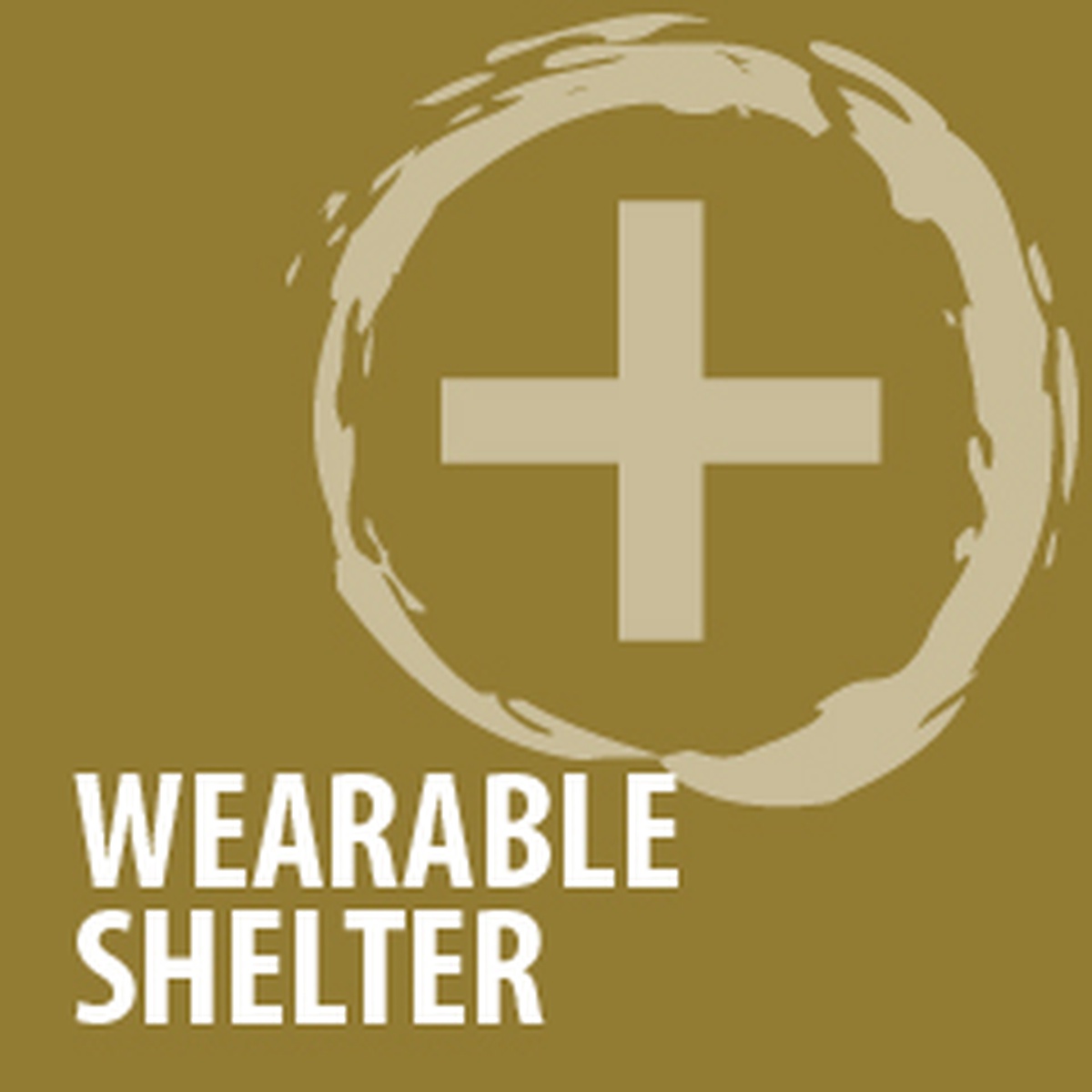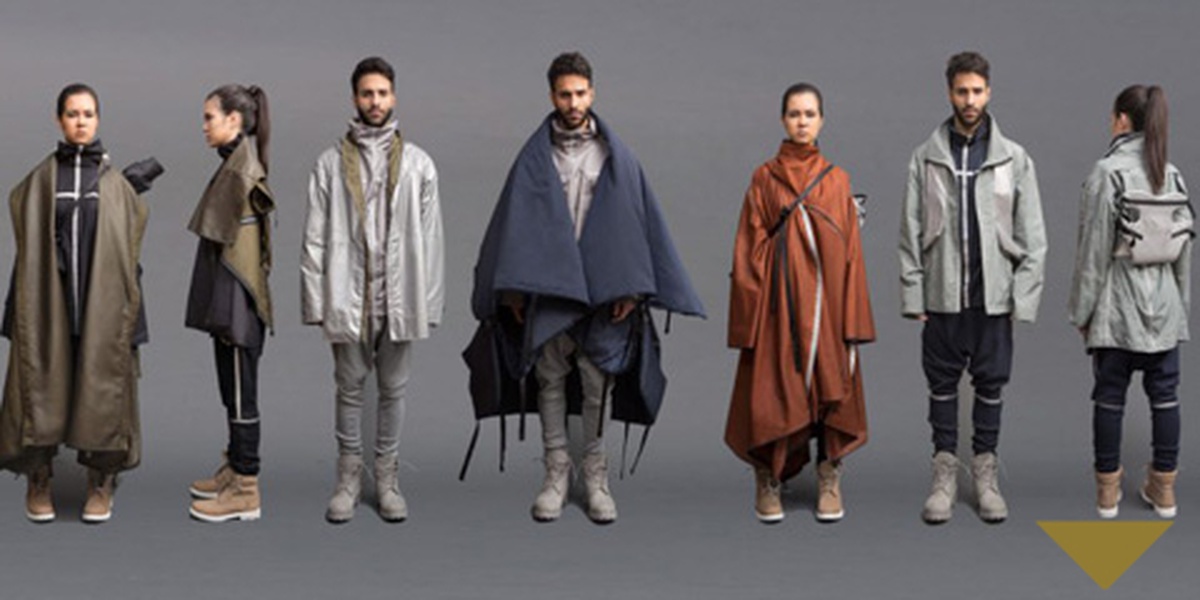Museo del Design del Friuli Venezia Giulia – Associazione di Promozione Sociale
P. IVA e CF 02863400301 – info@mudefri.it

“The people who need design ingenuity the most, the poorest 90% of the global population, have historically been deprived of it.”
[Alice Rawsthorn, design critic]

What solutions we need to prioritize in order to guarantee an emergency shelter to those who are in need? If you analyze the debate around this topic, it comes up immediately the contrast between those who by instinct try to find ways to act hic et nunc, and those who, instead, claim the need for a long-term systemic response, almost always entrusted to the long chain of public interventions. In general within this contrast - between non-profits associations and some institutions - the design, especially the fashion design, comes in a little bit wasting the games. Usually, in fact, it embraces both approaches: first what I would call, to simplify, 'emotional' (sometimes even a bit 'naive), but after that it is able of breaking down the project into something that goes beyond the product and becomes completely different. But it would be better to say that it does so emphasizing the relational aspects.
This is the fashion paradox, ephemeral by definition, but - when it engages in the humanitarian sector - often makes little stories big. It leaves a mark anything but ephemeral. Here then convertible coats and jackets, designed to give a first shelter to the homeless and refugees, become 'by magic' also job opportunities for those same homeless. And then a group of Syrian refugees gains recognition of their craftsmanship and earns the gratitude of local homeless people (the same ones who, perhaps, before they were looking at them with suspicion). In all cases, these little-big stories have literally changed the life to designers. Maybe it's appropriate to say here that the “dress makes the priest” disregarding the proverb, n'est pas?
Adiff, reversible clothing for refugees
Angela Luna, USA, 2016
in this section
- EMPWR coat
- Adiff, reversible clothing
- Sheltersuit